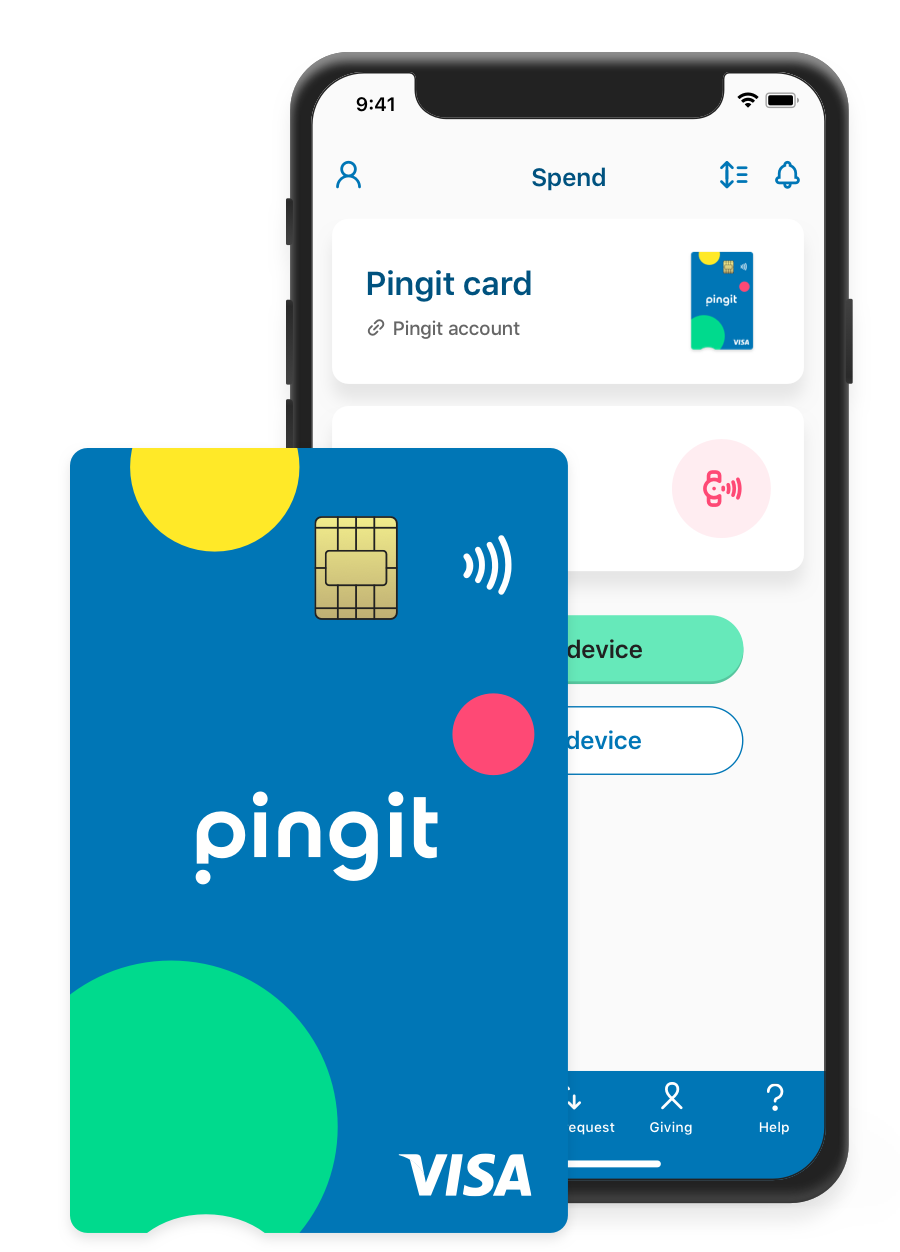Valuations in the open banking space are soaring far beyond revenues — but is it all unfounded hype?
It’s undoubtedly an exciting space; open banking companies like Tink, TrueLayer and Plaid are leading the way in building the so-called “plumbing” of banking, allowing third-party financial service providers open access to consumer banking data via APIs, and letting customers pay directly from their accounts.
But what roadblocks are open banking still facing? And can the vertical’s fintechs compete with payment giants like Mastercard or Visa? We asked all this and more to our latest Sifted Talks expert panellists, including; Keith Grose, head of International at Plaid; Sophie Guibaud, chief growth officer at OpenPayd; and Terese Hougaard, principal at Atomico.

1. The race is on between open payments and cards
PSD2, the European regulation for electronic payment services, came into force in 2018. This set open banking APIs back a few years, Grose says, and it’s why we haven’t seen wider adoption yet.
But as APIs improve in quality and access, and are used throughout more of Europe, open payments could catch up with, and overtake, cards.
I think you’re going to start to see this become a primary payment rail alongside cards and other methods across Europe. That’s going to take some years to happen, but we’re right at the beginning stages of that.” –– Keith Grose, Plaid
2. Some countries are more comfortable with open payments than others
Open banking payments’ uptake has been uneven across Europe, but the two leading countries are the UK and the Netherlands.
This has a lot to do with fintech regulation, consumer behaviour and culture around payment innovation, Hougaard says. In the Netherlands, consumers are more comfortable paying directly from their bank accounts, meaning that open banking payments will likely pick up a lot faster there.
“In the Netherlands, there is much more comfort with paying directly from your bank account. Once regulation catches up, it will go a lot faster there. In Scandinavia, people are very comfortable with digital identity systems. The two of them will go hand in hand in terms of who will be fastest.” –– Terese Hougaard, Atomico
3. Friction in open banking payments presents an opportunity
The battle for open payments is just getting started and there’s still plenty of opportunity for newcomers.
Guibaud says there’s a lot of friction in ecommerce payments, for example. As many payments are carried out by bank transfer, any errors in payment references mean the payment can get lost. An open banking solution would allow for a seamless, one-click solution.
With ecommerce payments, you cannot screw up in the reference of the payments –– if you do, the payment gets lost. With our client base, we’re talking to the ones who have large ecommerce payments by bank transfer. Open banking is just a game-changer.” –– Sophie Guibaud, OpenPayd
4. Open banking for B2B payments is just getting started
Open banking has been taken up predominantly by B2C payment providers. One reason for this is that PSD2 regulation was built mainly with consumers in mind. As open banking is still relatively new, Grose says businesses need to build trust with volume — something that’s a lot easier in the B2C space, as B2C businesses tend to have more customers.

APIs are also just not really available for B2Bs, says Guibaud, and many larger banks and enterprises are still not ready to take the leap.
The banks are just not ready in terms of open banking to handle the requirements needed. It’s just going to be about when corporate banks develop APIs to enable assets. When we reach the critical mass of banks doing that, there will be a rethinking of the business model.” –– Sophie Guibaud, OpenPayd
5. Mastercard and Visa represent one of the biggest threats to open banking
The battle between fintechs and incumbents is a tale as old as time, and the open banking payments vertical isn’t immune.
One of the main threats to the open banking ecosystem, Hougaard says, is big players like Mastercard and Visa moving in. While she says it’s unlikely that they’ll buy up all the open banking startups, they’ll want to defend their territory.
I am sure that big companies, as we saw with Plaid and Visa, are going to make moves into this space. Whether it’s benign –– or whether it inhibits or tries to find some other way to innovate, remains to be seen. Open banking is a huge threat to the networks that are already there.” –– Terese Hougaard, Atomico
6. Open banking payments’ UX is about to get a whole lot better
Our expert panel agreed that open banking isn’t going anywhere — and it’ll only keep growing. Grose says he expects 10m UK citizens will make an open banking payment in the next year.
In the next six to twelve months, Grose also predicts customer authentication will transform open banking’s user experience, making payments faster and easier for consumers and businesses alike.
Looking ahead six to twelve months, you’re going to see strong customer authentication come into play. UX for cards is going to change as well –– using a biometric app as opposed to entering CVC codes. Open banking will start to be a better experience than most payment methods in Europe.” –– Keith Grose, Plaid
Want to learn more about the future of payments? Read all about the payments revolution in our latest Sifted Report.
To dig deeper into open banking, you can watch the full Sifted Talk here:




